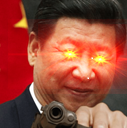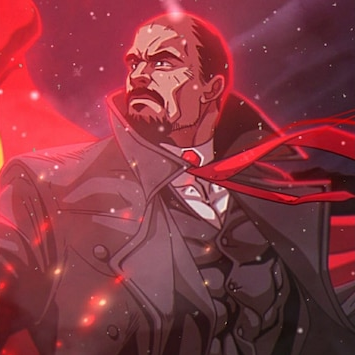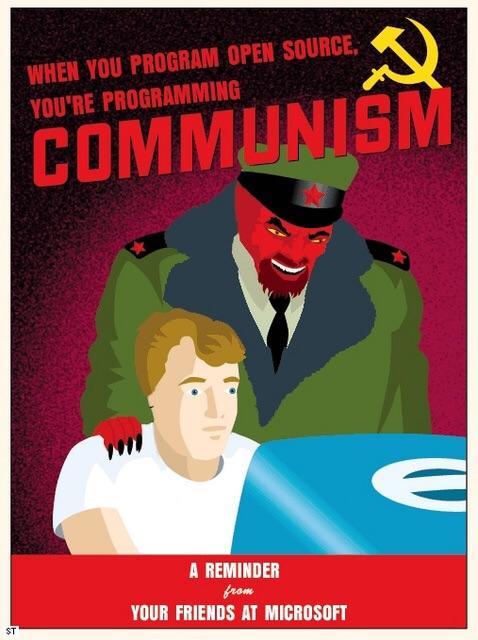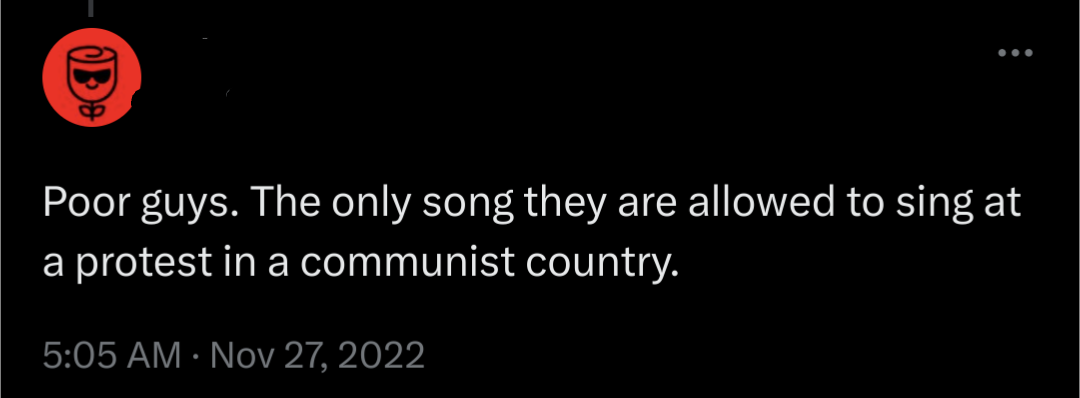

I swear these two’s real job is as a honeypot for adventurism.


I swear these two’s real job is as a honeypot for adventurism.


MAGA Communism is a meme that Infrared used to demonstrate its position relative to the political spectrum. The concept is initially confusing due to the seeming contradiction between right-wing MAGA and left-wing Communism. The confusion is intentional
Expressing your ideas in the stupidest way possible so you can act smug when people “don’t get it”


What the fuck is wrong with redditors?

https://www.reddit.com/r/worldnews/comments/1fc9tha/family_of_american_killed_in_west_bank_blames/
Sorry, I was definitely overly aggressive.
A number of common critiques of Jungian typology and the MBTI are often voiced in no uncertain terms by people who have comparatively little knowledge about these fields.
Notably, the authors don’t give their own qualifications.
In terms of empirical evidence, types don’t exist. Human traits are distributed on a bell curve, not as two camel humps.
True.
People who take the MBTI multiple times often come out as different types (Low Test-Retest Reliability).
True.
MBTI descriptions contain vague and flattering statements that anyone would agree to (Forer Effect).
True.
wow.
However, as we will discuss below, the MBTI is not an end in itself. It is an attempt to quantify C.G. Jung’s cognitive theory empirically. And as most people who have grappled with Jung’s theory will readily attest, his concepts are by no means as straightforward as the Big Five’s ideas that someone who delivers his work on time is ‘conscientious’ and someone who talks a lot is an extrovert. Jung’s concepts of the cognitive functions are not only staggeringly complex, they also stand in a dialectical relationship to each other where they alternatively imply, negate, and complement each other.
In other words, the complexity that goes into the definition of Jung’s cognitive functions is well beyond what we are currently able to prove or disprove empirically. Since Jung’s cognitive theories were not laid out in a format suited to empirical analysis, the advocates of Jung’s ideas can always claim that the fault lies not with the concepts but with the process of translating and interpreting the concepts into a format that will suit empirical testing.
Saying that the theoretical basis of MBTI is beyond empirical analysis doesn’t help their case.
You’ll probably get just as much out of this test from the same site: https://www.idrlabs.com/pusheen/test.php
Why Use This Test?
Free. This test is provided to you free of charge and allows you to obtain your scores related to the characters from the Pusheen universe.
Statistical controls. Test scores are logged into an anonymized database. Statistical analysis of the test is conducted to ensure maximum accuracy and validity of the test scores.
Made by professionals. The present test has been made with the input of people who work professionally in psychology and individual differences research.
It’s made by professionals!
MBTI makes the fundamental assumption that each personality axis is bimodal, and pushes people to one side or the other. Actual research shows that people tend towards the center.
The whole test is pseudoscience made by non-psychologists and propped up by “research” from organisations that profit from the test.


They started as a piracy site and gained name recognition that way, then went “legit” and started handing out copyright claims like candy.


"The Azov Brigade, known for its tenacious but ultimately unsuccessful defense of the Azovstal steel mill in Mariupol early in Russia’s full-scale invasion of Ukraine, is regarded as a particularly effective fighting force.
Literally known for losing


Eventually, the generator and the discriminator begin to agree more as they settle into something called Nash equilibrium. This is arguably the central concept in game theory. It represents a kind of balance in a game—the point at which no players can better their personal outcomes by shifting strategies. In rock-paper-scissors, for example, players do best when they choose each of the three options exactly one-third of the time, and they will invariably do worse with any other tactic.
This last sentence is completely wrong, yeah?


Everything I’m seeing is that he "could’ go there and they’re “ready” for him.


“cognitive restructuring” is such a dark phrase.


Fair enough, my answer is sincere for that it’s worth.


You said that Wikipedia disagrees but Wikipedia clearly agrees. Yeah you didn’t bring up the term but it’s weird to bring up Wikipedia and obviously misrepresent it.


Is this still part of the bit?
A monosexual person may identify as heterosexual or homosexual.
It is sometimes considered derogatory or offensive by the people to whom it is applied, particularly gay men and lesbians.


I’m cis for the same reason someone would be binary trans, except I think the gender I was assigned happens to be correct.
EDIT: oh it’s a bit
To be honest I don’t think this is a very good metric. It’s a combination of something good (number of people insured) and something bad (debt per insured person).
As an example, if you increased the number of people with insurance, and reduced the debt per uninsured person, you’d expect this to happen.
Not to say that things have actually gotten better, just that we should use more meaningful metrics.


An interview with Deng Xiaoping in 1980
Fallaci: But what was the Cultural Revolution really trying to accomplish?
Deng: It wanted to avoid the restoration of capitalism in China. Yes — that was the intention. The intention of Chairman Mao, I mean to say, not the intention of the people who would later become the Gang of Four. However, despite the good intentions, such a goal was born of an erroneous judgment of Chinese reality. In short, once more Chairman Mao was wrong. He was also wrong when he chose what target to hit; he said that the target should be the followers of capitalism — the compagnons de route [roaders] of the capitalists who existed within the party — and with this accusation he attacked a great number of high-level veterans: men who not only had made excellent contributions to the revolution but had great experience. And among them was Premier Liu Shaoqi, who was arrested and expelled from the party. As a result, all of the revolutionary leadership was dissolved. A year or two before his death, Chairman Mao recognized this error. He said that the Cultural Revolution was wrong in two things: destroying the revolutionary leadership and provoking a wide-ranging civil war.
Fallaci: So it was truly a civil war.
Deng: Yes, it was! The people were divided into two factions who were killing each other. And since the old revolutionaries had been swept aside, only those who declared themselves “rebels” were able to emerge. Like Lin Biao and the Gang of Four. Eh! Many people died in that civil war.
Fallaci: How many?
Deng: An exact figure is impossible. It will never be possible, because they died for various reasons and because China is such a vast country. But look: enough died that we are able to say today that their deaths were reason enough for the Cultural Revolution to have never taken place. Anyway, Chairman Mao’s errors were political errors. This makes them no less serious, nor does it justify them, but political errors are one thing; crimes that are judged in court are another. I refer to the crimes for which we tried the Gang of Four and, posthumously, Lin Biao: the two groups of the Cultural Revolution that we consider counterrevolutionary. Of course… well, of course it was Chairman Mao who permitted Lin Biao and the Gang of Four to take advantage of his political errors and usurp power…
Say the line, Parenti.

At least hexbear is a relatively insular community, not a political content creator.